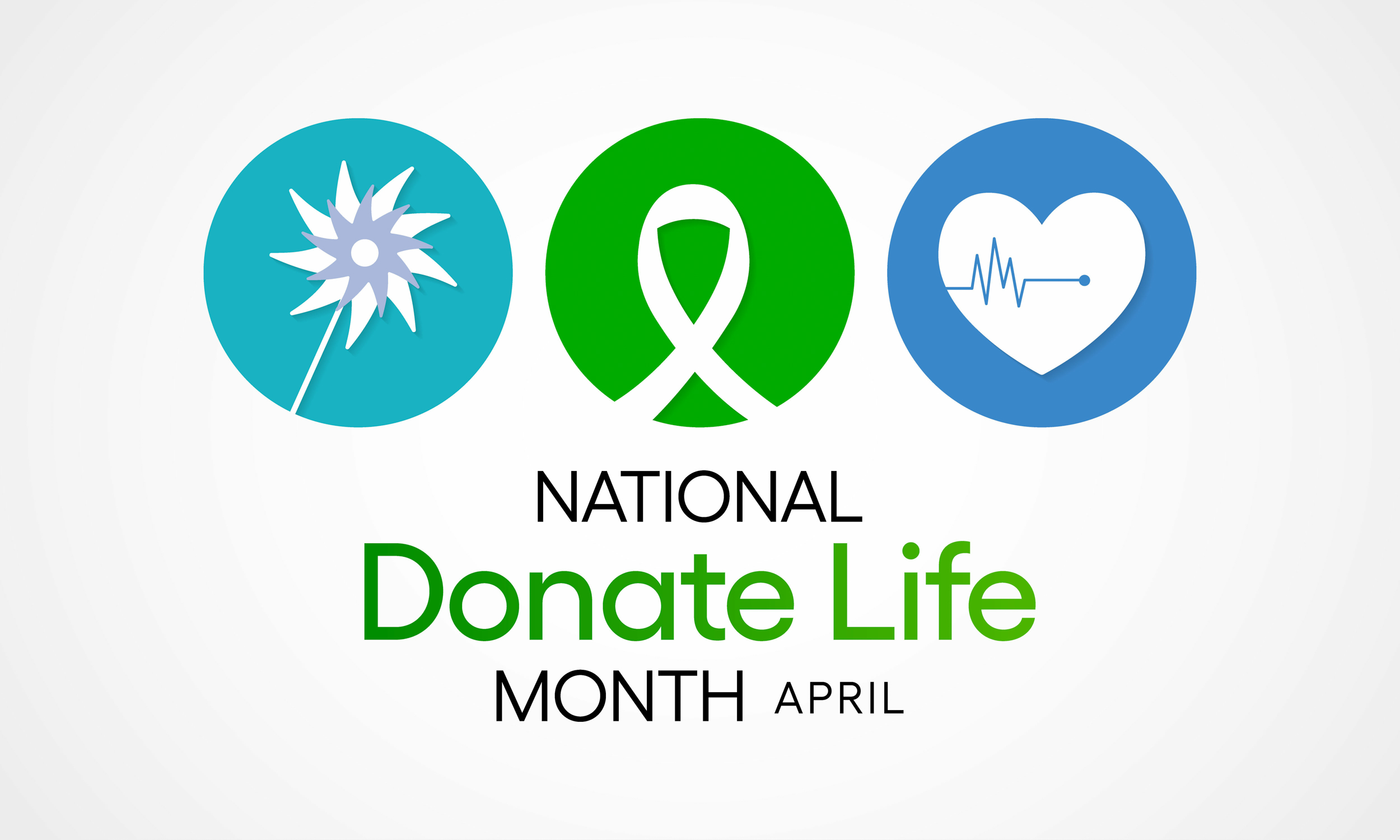National Donate Life Month

April is National Donate Life Month, and Premier Patient Housing would like to bring awareness about the importance of organ, eye, and tissue donation. We encourage all Americans to help save a life by registering as a donor and taking a moment to recognize past donors for their generosity. Here are a few facts about National Donate Life Month that can help you better understand organ donation.
About Organ Donation
Did you know that every 10 minutes, a patient is added to an organ transplant list? In 2020 alone, over 39,000 organ transplants were performed in the United States, but unfortunately, more than 100,000 are still waiting for a transplant. Although it does come with its maintenance and challenges, This life-changing procedure provides patients with the opportunity to live a “normal” life. Qualified organs for donation include the heart, lung, kidney, liver, intestines, pancreas, cornea, and tissue.
Types of ways to donate
There are four types of ways to donate an organ.
Deceased Donation
Deceased Donation is the process of donating an organ at the time of your death. This type of donation is not easy and often results from an untimely death like a fatal brain injury. Once medical professionals have tried all methods to save a patient, a donation can be made possible. Medical professionals must verify that the organ can flow blood and oxygen to ensure its viability.
Living Donation
Living Donation is the process of donating an organ while living. These organs are generally kidney or liver. A living donor makes it possible for patients awaiting a transplant to receive their transplant sooner. Living donor candidates often come from a patient’s loved ones, family members, or an anonymous donor. It’s important to note that donors do not have to match the patient they are looking to help. They can also qualify to participate in a KPD (kidney exchange) where their kidney can serve as a transplant for another patient in need in exchange for a kidney that matches the original patient.

Living donations, unfortunately, do come with risks like any major surgery. Complications include pain, possible hernia or infection on-site, pneumonia, blood clots, hemorrhaging or possible death. Other side effects can come in the form of emotional guilt if the procedure is not successful. If you are a donor or looking to be a donor and are worried about any risks, you must communicate with a transplant team or social worker as soon as possible.
VCA Donation
Vascularized Composite Allografts (VCAs), like deceased donations, are made possible due to an untimely death. This type of donation involves the transplant of multiple structures that may include skin, bone, muscles, blood vessels, nerves, and connective tissue. The most common VCAs are for hand and face transplants. Unlike deceased Donation, VCA requires specific authorization by the deceased patient’s next of kin.
Pediatric Donation
Pediatric Donation is the donation of an organ of a child. In the US, there are currently 1,900 children under the age of 18 awaiting an organ transplant. Due to the specific size of the organ, pediatric Donation can be difficult. Parents or authorized guardians determine donors after an untimely death.
 How to register
How to register
Individuals looking to register as organ donors can register online at the National Donate Life Registry at RegisterMe.org. To qualify, donors must be age 18 or older regardless of age or medical history. Teens 15-17-year-olds can register as organ, eye, and tissue donors in the National Donate Life Registry but can only be authorized with a parent’s approval.
For more information about organ donations, follow Donate Life America for the most up-to-date information.

